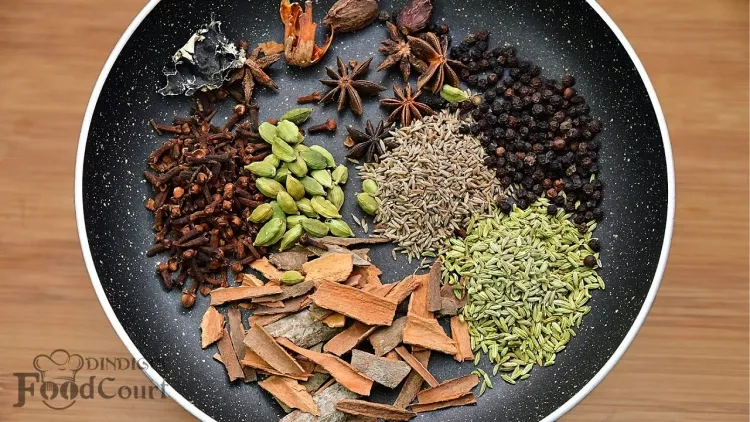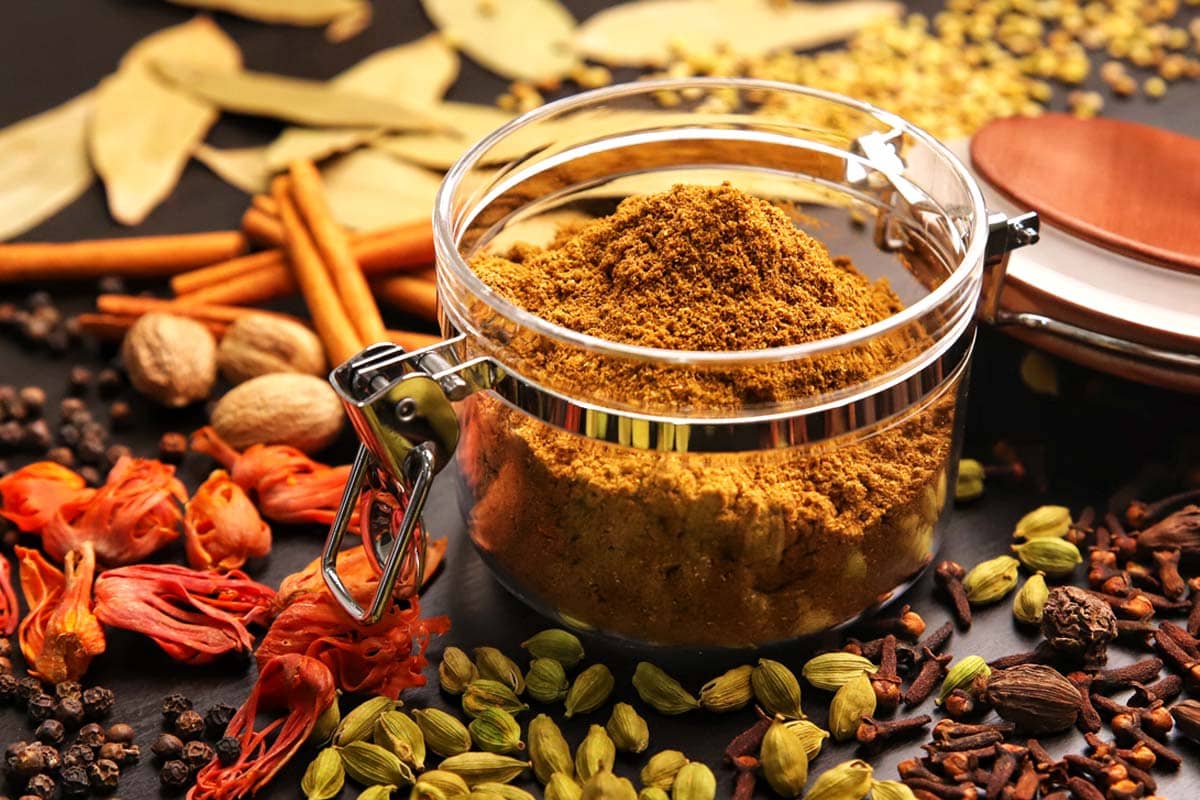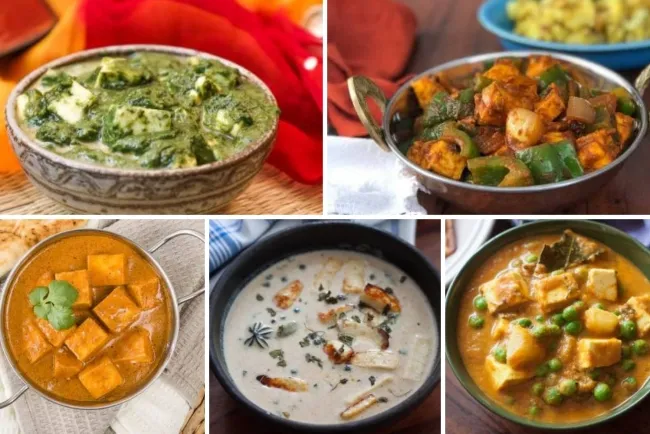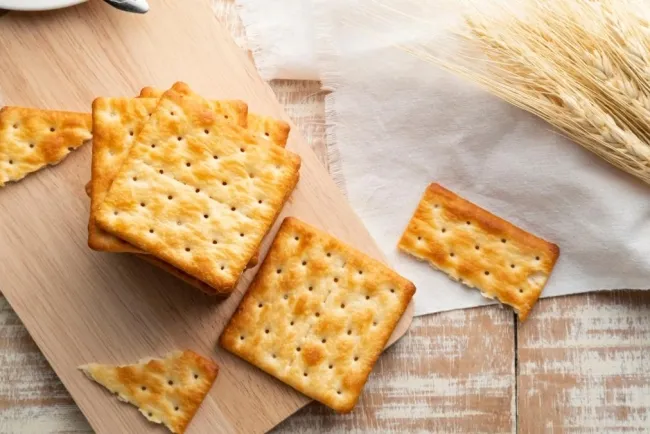Crafting Your Own Garam Masala: A Flavorful Journey into Indian Cuisine...!!!
Making garam masala at home is a rewarding process that allows you to create a spice blend tailored to your taste. This aromatic and flavorful mix is a staple in Indian cuisine, enhancing the taste of a wide range of dishes.

Garam masala is a quintessential spice blend used in Indian cuisine, celebrated for its warm, aromatic, and complex flavors. The term "garam masala" translates to "hot spices" in Hindi, highlighting the intensity of the spices rather than their spiciness. This versatile spice mix can enhance various dishes, from curries and soups to marinades and stews.
Ingredients
The ingredients for garam masala can vary based on regional preferences and personal tastes. However, the following spices are commonly used in traditional garam masala recipes:
-
Coriander Seeds (Dhania)
-
Cumin Seeds (Jeera)
-
Black Peppercorns (Kali Mirch)
-
Cinnamon Sticks (Dalchini)
-
Cloves (Laung)
-
Cardamom Pods (Elaichi)
-
Nutmeg (Jaiphal)
-
Mace (Javitri)
-
Bay Leaves (Tej Patta)
-
Star Anise (Chakriphool)
-
Fennel Seeds (Saunf)
-
Caraway Seeds (Shahi Jeera)
Preparation
-
Gathering the Spices:
-
Measure out the spices according to your preference or the recipe you are following. For instance, a common ratio is 2 tablespoons of coriander seeds, 2 tablespoons of cumin seeds, 1 tablespoon of black peppercorns, 2-3 cinnamon sticks, 1 tablespoon of cloves, 10-12 cardamom pods, 1 small nutmeg, a few strands of mace, 2-3 bay leaves, 1 star anise, 1 tablespoon of fennel seeds, and 1 tablespoon of caraway seeds.

-
-
Dry Roasting:
-
Heat a heavy-bottomed skillet or pan over medium heat.
-
Add the whole spices to the pan, keeping the heat at medium to avoid burning them.
-
Stir the spices continuously to ensure even roasting. The spices will start to release their aromatic oils and become fragrant. This process usually takes 3-5 minutes.
-
-
Cooling:
-
Once the spices are roasted, transfer them to a plate or a clean surface to cool down completely. Allowing the spices to cool helps preserve their essential oils and flavors.
-
-
Grinding:
-
Once the spices have cooled, transfer them to a spice grinder, coffee grinder, or a high-powered blender.
-
Grind the spices to a fine powder. Depending on your preference, you can also keep the garam masala slightly coarse for added texture.
-
-
Storing:
-
Transfer the freshly ground garam masala to an airtight container. Store it in a cool, dark place to maintain its freshness and potency.
-
Garam masala can be stored for several months, but its flavor is best within the first few weeks.
-
Uses
-
Curries and Gravies:
-
Garam masala is often added towards the end of the cooking process to enhance the flavor of curries and gravies. It imparts a warm, aromatic note to dishes like chicken curry, vegetable korma, and lentil dal.
-
-
Rice Dishes:
-
Sprinkle garam masala on biryanis and pulaos for added depth of flavor. It can also be mixed into rice while cooking to infuse the grains with its aroma.
-
-
Soups and Stews:
-
A pinch of garam masala can elevate the taste of soups and stews, adding complexity and warmth. It pairs well with tomato-based soups, lentil soups, and hearty vegetable stews.
-
-
Marinades:
-
Mix garam masala with yogurt, lemon juice, and other spices to create flavorful marinades for meats, poultry, and seafood. This blend tenderizes the protein while imparting rich flavors.
-
-
Vegetable Dishes:
-
Add garam masala to sautéed or roasted vegetables for a unique twist. It complements a wide range of vegetables, including potatoes, cauliflower, carrots, and peas.
-
-
Snacks:
-
Sprinkle garam masala on snacks like roasted nuts, popcorn, or fried chickpeas for a spicy and aromatic treat.
-

Tips for Making Garam Masala
-
Quality of Spices:
-
Use high-quality, whole spices for the best results. Fresh spices have a more robust flavor and aroma compared to pre-ground ones.
-
-
Customization:
-
Feel free to customize the garam masala recipe to suit your taste. You can add or omit certain spices based on your preferences or regional variations.
-
-
Trial and Error:
-
Experiment with different spice ratios to find the perfect balance that works for you. Keep a record of your adjustments to replicate the blend in the future.
-
Making garam masala at home is a rewarding process that allows you to create a spice blend tailored to your taste. This aromatic and flavorful mix is a staple in Indian cuisine, enhancing the taste of a wide range of dishes. With the right ingredients and techniques, you can craft your own garam masala that will add depth and complexity to your culinary creations. Enjoy the journey of exploring and savoring the rich flavors of homemade garam masala.
What's Your Reaction?

















